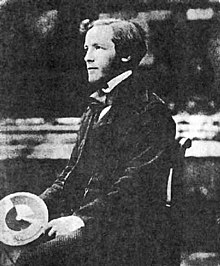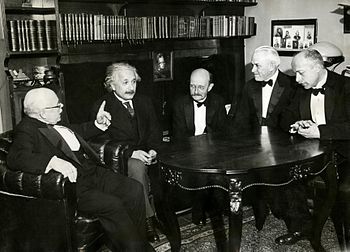أهلا وسهلا بك إلى منتديات منابر ثقافية.
أهلا وسهلا بك زائرنا الكريم، إذا كانت هذه زيارتك الأولى للمنتدى، فيرجى التكرم بزيارة صفحة التعليمـــات، بالضغط هنا.
كما يشرفنا أن تقوم بالتسجيل بالضغط هنا إذا رغبت بالمشاركة في المنتدى، أما إذا رغبت بقراءة المواضيع والإطلاع فتفضل بزيارة القسم الذي ترغب أدناه.
 « آخـــر الـــمـــشـــاركــــات » « آخـــر الـــمـــشـــاركــــات » |
|
|








 represents the distribution function of single-particle position and momentum at a given time (see the
represents the distribution function of single-particle position and momentum at a given time (see the  is a force,
is a force,  is the mass of a particle,
is the mass of a particle,  is the time and
is the time and  is an average velocity of particles.
is an average velocity of particles.  Figure 1.15 Ludwig Boltzmann
Figure 1.15 Ludwig Boltzmann

 مقالة مفصلة:
مقالة مفصلة: 







